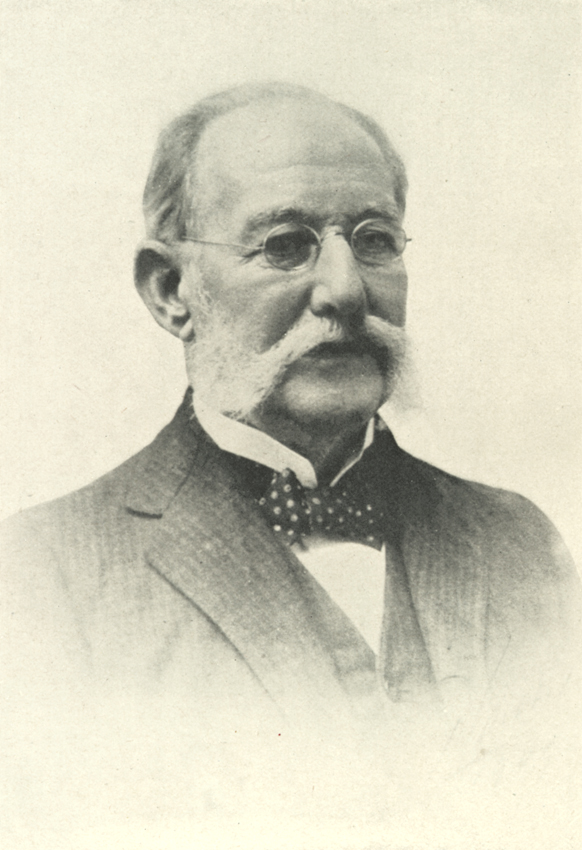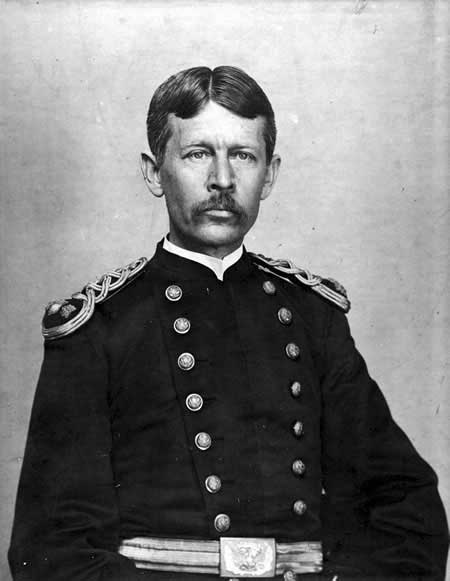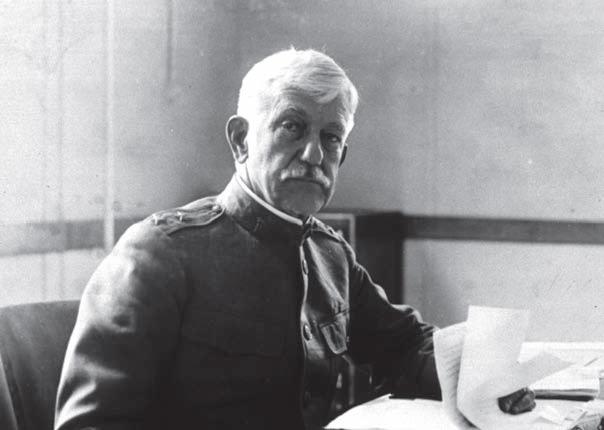Pursuing the Solar Compass,
Wikipedia tells me that:
"Its close relative, a solar compass attachment to a surveyor's transit, was still a recommended method of obtaining direction in the 1973 manual of the US Bureau of Land Management."
1973 wasn't that long ago, are any surveyors still using it? Chaya Hoffer at
Tiger Supplies tells me "no". Okay then. Well, how do surveyors determine true north? We all know that magnetic compasses only give a vague approximation of north, and while a GPS can tell you where you are, by itself it can't tell you which way north is. You could take GPS position readings from two locations and then calculate which way true north is. So I go a-wandering and I find
this fine story by Jerry McGray, RPLS on Point Of Beginning:
Geodetic Surveying Made Plain: Where's north?
Retired Texas surveyor Billy Priest tells the story of a survey he conducted in a remote area of Texas some years ago. A local lad, about 12 years old, was watching the proceedings. Needing to get his bearings and trying to find his position on a map, Priest asked the young observer, “Say, young fellow, which way is north around here?” The boy looked thoughtful as he confidently thrust an arm in the appropriate direction. Then he asked, “Sir? Which way is north where you come from?”
In an era dominated by GPS orientation, with the accompanying increases in accuracy and precision, we might add to his question, “And which north are you talking about?” There is still some confusion afoot in that regard. Terms like “true north,” “grid north,” and “geodetic north” are sometimes used without a complete understanding of their meaning. Although the confusion couldn’t possibly extend to you, knowledgeable reader, what could it hurt to examine the issue and the definitions of the words? Who knows, perhaps in the next column we can delve into the definition of “south”? Or maybe not. But to press on:
When one undertakes to write upon a particular subject, one of the time-honored cop-outs one may resort to is to quote a dictionary definition. I wouldn’t do that—except maybe this once. And rather than quoting an ordinary dictionary, I’ll turn to the Geodetic Glossary, an official publication of the National Geodetic Survey. Geodetic Glossary’s first definition of “north” (“north” without any modifiers, that is) is: “The positive direction of a line lying in a plane through the Earth’s axis of rotation and tangent to the geoid or to an equipotential (gravity) surface at a point.” I think I can live with that. But check this out: the third definition of “north” is: “The direction indicated by the positive end of a magnetic needle suspended so as to rotate freely.” Correct me if I’m wrong, but I believe those two definitions came up with two different directions some 10 degrees apart! And both defining the same word, “north.”
Not that there’s anything wrong with that. They are both valid definitions in proper context. But we surveyors might be well advised to add some specific modifiers to “north,” depending upon which one we refer to—since 10 degrees would blow the error budget on just about any project!
To cut to the chase, we can make a list of four kinds of north. They are:
- Astronomic/Geodetic
- Magnetic
- Grid
- Project
I know, I know... astronomic and geodetic norths are not necessarily the same. It’s just that the distinction between those two is much finer than the distinction I’m trying to make between the others. But let’s go ahead and clear up the astronomic/geodetic difference right now. The difference is basically the deflection of the vertical for a particular point, a value we can readily see on a data sheet for a National Spatial Reference System (NSRS) point. It’s a very small value, like 2 or 3 seconds. What it represents is the difference between the celestial observation (astronomic) determination of north versus the ellipsoidal/geoidal version of that value. More to the point for this discussion, they are close enough that we can consider them the same. After all, the differences in the other versions of north will be measured in degrees and minutes. Let’s leave these puny “seconds” for another discussion, shall we?
Here’s another major issue we can agree upon: Although “true north” is not a term the professional would necessarily use when communicating with other professionals, we could probably get away with using “true north” for either geodetic or astronomic north, since the two are so close to identical.
Magnetic North
The important thing to keep in mind with magnetic north is that there is a difference, usually of several degrees, between magnetic north and geodetic north, depending on location. Well, at least that’s one of the important things to keep in mind. Other items of note we should consider include just what is the cause of the Earth’s magnetic field, and what makes it change, even during the course of a day?
Magnetic north is not a chunk of magnetized material buried up somewhere in Hudson Bay. The magnetism we witness is a phenomenon of the Earth’s gravitational field, rotation and other fancy stuff resulting in the Earth itself being the magnet. It is affected by the sun, which accounts for the daily fluctuations in the Earth’s magnetic properties. It just happens to coincide well enough with—shall we say it?—true north that it is useful for compasses. And it just so happens that many original surveys upon which we depend used compass directions as a primary tool. Therefore, we surveyors, who are pledged to walk in the footsteps of the ones who originally surveyed before us, owe special respect to bearings that were derived from magnetic north.
Grid North
Grid north, on the other hand, is a creation of an individual system, typically State Plane Coordinates. For example, in an ordinary SPC zone, a central meridian is adopted as north. All other points in that zone use the same line of direction as north, even though the various points would have different convergences. Only at the central meridian would grid north agree with true north. If a point is east of the central meridian, then grid north is east of true north. This means that a given azimuth at a point east of the central meridian, expressed in grid terms, would be a smaller value than that same azimuth expressed in terms of true north. So the convergence value is negative. By the same token, a point west of the central meridian would have an azimuth value greater than that point’s azimuth expressed in geodetic or astronomic terms; its convergence value would be positive.

In this exaggerated example, the dotted lines represent directions toward true (or geodetic, or astronomic) north. The lines XY and AB are determined to be parallel on the ground. Obviously, the angle to XY is much smaller than the angle to AM. Both values would be the “true” azimuth. But the lines XY and AB are supposed to be parallel. So for local surveying purposes, the “north” of the central meridian is adopted. Thereby we see the logic in accepting a grid system for local surveying purposes.
Plant North
The grid north model can be adapted to a very localized, limited area. The typical example is “plant grid,” where an assumed north is used, with all directions and coordinates rotated to that basis. Here’s a story about a sizable project and the development of a coordinate system to locate its features:
In the late 1990s the Department of Defense decreed that a number of Air Force bases would be closed; among that number was Bergstrom AFB near Austin, Texas. At about that same time, Austin had decided as a city to develop a new airport and had actually begun work on a site northeast of town. When Bergstrom was targeted for closure, the decision was made to develop the Bergstrom base into the new commercial Austin airport. That transition happened and what used to be Bergstrom AFB is now Austin Bergstrom International Airport.
One of the most substantial components of the Bergstrom base was its main runway. Designed to accommodate any aircraft in the world, that main runway was over 12,000 feet long, 300 feet wide and was built of reinforced concrete some four feet thick. No wonder the decision was made to reuse it! In developing the mapping control, as well as a control system for the airport development in general, a decision was made to use the alignment of that main runway as a basis. Our firm was part of that effort. We expended some effort to establish the north and south ends of that massive runway. Those points became the orientation basis for the coordinate system for the whole airport project.
Here’s the interesting part of that whole exercise (and most of this is from memory, so grant me some leeway.) After determining the true north azimuth of that runway, we found that its bearing was some 2 degrees, 40 minutes east of north. At that location, the convergence value was some 1 degree, 20 minutes. I have wondered ever since whether there was an intention, at the time of construction of the runway, that it should run due north/south, but somebody subtracted when they should have added, or otherwise managed to do exactly the opposite of the intended operation, which has always struck me as an amazing phenomenon of surveying.
One Last Definition of North
I really like this one; again, it’s from the Geodetic Glossary, and is limited to “Astronomic North”:
“A direction perpendicularly to the left of an observer facing in the direction of the Earth’s rotation.”
So which way is north where you come from?
(I added the picture of Bergstrom AFB)






































